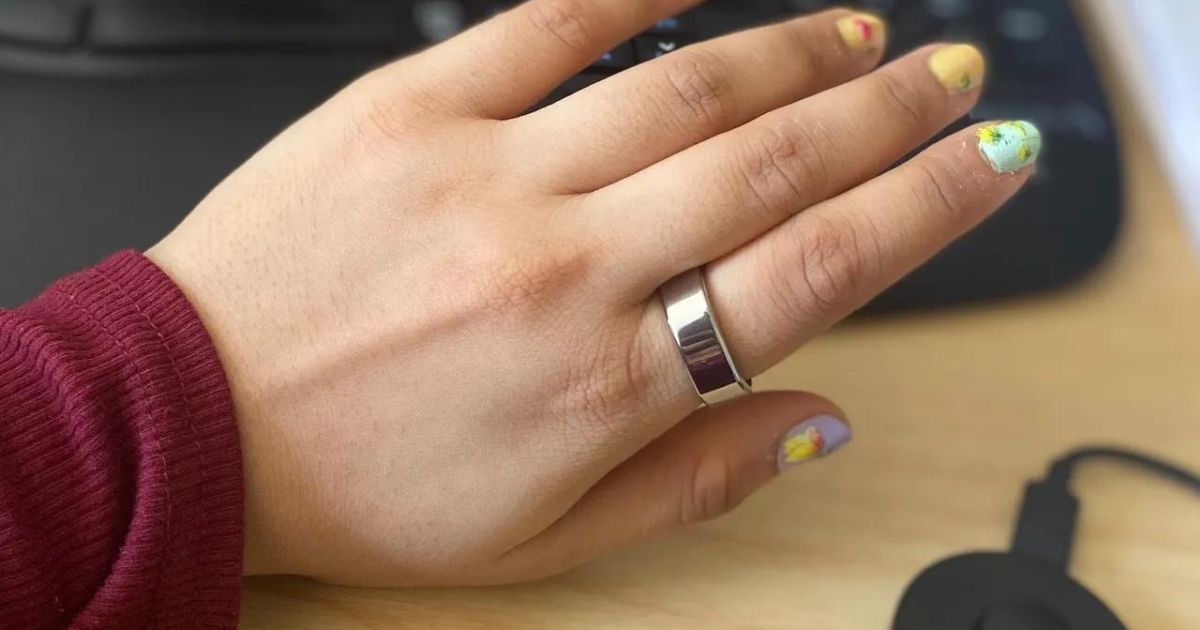In a technological leap forward, the Oura Ring introduces its groundbreaking Resilience feature, designed to assess and enhance wearers’ ability to recover from stress. Authored by Maria Diaz, this report delves into the intricacies of this innovative addition to the wearable technology landscape.
Stress is an inevitable part of life, affecting even the most composed individuals. However, the Oura Ring, renowned for its advanced health-tracking capabilities, takes stress management to a new level with its Resilience feature. This addition goes beyond merely detecting stress, offering wearers insights into how effectively they recover from it.
Understanding Resilience
Unlike conventional smartwatches and rings that identify stress levels at a specific moment, the Resilience feature focuses on the body’s management and recovery from stress. By analyzing various metrics, such as heart rate stabilization, the Oura Ring provides a nuanced understanding of how quickly and effectively wearers bounce back from stressful situations.
Oura’s head of science, Shyamal Patel, explains, “Resilience is like a window into your capacity to handle stress and a way to act on it.” It differentiates between stress experienced during the day and the body’s recovery, emphasizing the importance of both daytime and nighttime recuperation. The feature also assesses how the body copes with stress in diverse daily scenarios.
Building Resilience
Patel encourages users to view stress management as a journey toward building resilience rather than eliminating stress entirely—an often unrealistic goal for many. Resilience, as a metric, evolves over a two-week window, providing a slow-moving yet comprehensive overview of the wearer’s ability to recover. The ultimate objective is to equip wearers with actionable data and insights to enhance their stress management approach.
Shifting Objectives
The Oura Ring aims to shift wearers’ objectives from eradicating stress, recognizing the impossibility for most, to fostering resilience. By providing users with valuable information, Oura empowers individuals to develop tools and strategies for managing stress effectively.
Insights and Actionable Data
Stress tracking, a prevalent concept in wearables, typically alerts users to elevated heart rates or suggests guided relaxation techniques. Oura’s Resilience feature takes a step further, offering a more comprehensive analysis of stress recovery over a two-week period.
Patel explains, “Resilience is a slower-moving metric… that changes a little bit slower, but that’s by design.” This deliberate pacing allows users to observe changes in their resilience and adapt their stress management techniques accordingly.
Scientific Foundation of Oura Ring
Oura developed the Resilience feature with a scientific grounding, collaborating with the University of Southern Denmark to validate the metric’s alignment with subjective feelings of recovery.
This commitment to scientific rigor reflects the same approach taken with the Oura Ring’s acclaimed sleep-tracking feature, which has undergone extensive external validation through research studies.
Strategies for Stress Management
The Oura Ring’s Resilience feature suggests various strategies for stress management, including focusing on fundamental health practices such as quality sleep, regular exercise, and a balanced diet. Additionally, exposure to hormesis techniques, meditation practices, and maintaining social connections are recommended.
As wearables continue to evolve, the Oura Ring’s Resilience feature stands out as a pioneering tool for stress recovery measurement. By providing wearers with a deeper understanding of their capacity to handle stress and recover from it, Oura empowers individuals to proactively manage their well-being.
As users embark on this journey toward building resilience, the Oura Ring’s scientific foundation and commitment to data-driven insights position it as a trailblazer in the realm of health-tracking wearables.








Leave a Reply
You must be logged in to post a comment.